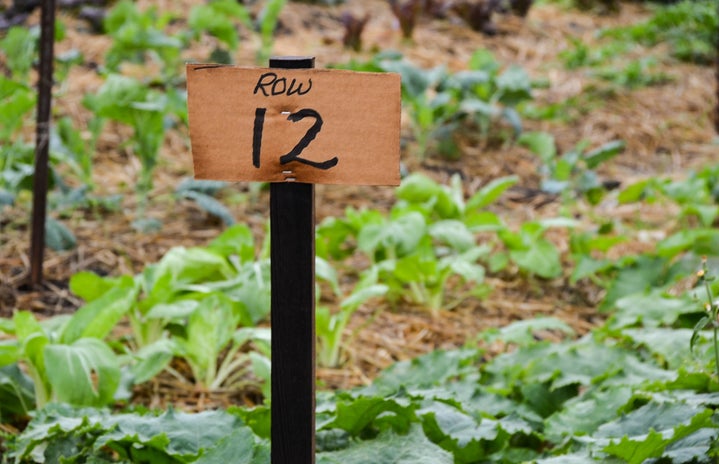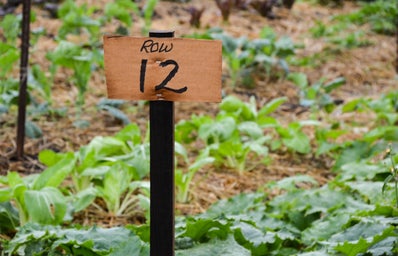Composting can seem intimidating at first, especially if you are residing in a college dorm or an apartment. Luckily, there are many different forms of composting that you can partake in, in order to reduce your carbon footprint. This includes being able to efficiently compost no matter your living situation! First, it is important to understand just what composting is and why it is important.
Compositing is the act of breaking down food scraps and organic material that would otherwise end up in a landfill. Organic material cannot efficiently decompose in a landfill due to a lack of oxygen and aeration. This causes the organic material to release methane, a greenhouse gas that is responsible for about 25% of the global warming we are experiencing. So, you can see why it’s important to avoid sending food scraps to the landfill! This is where composting comes into play.
Materials Needed For your Compost Pile
The most important aspect of composting is to have an even mix of carbon and nitrogen. The nitrogen comes from food scraps, and carbon will come from cardboard, paper, and leaves.
Now this is where it is going to get weird, but you’re going to have to get some worms as well. The worms do the majority of the work in a compost, and they easily thrive in dark ecosystems like a compost pile. They love eating away at organic waste, and will quickly devour any food scraps in the compost. If worms are too intimidating, topsoil can be added to help break down the organic materials faster. Once your pile is complete, slightly dampen the compost with water to create a livable environment for the worms.

Storing the Pile
While there are many compost bins available for sale, you can also make your own with what you already own! A medium-sized plastic tote works nicely and is easy to store under your sink, or in your closet-space. Make sure to drill some small holes in the lid of the tote for airflow, as well as a one-inch hole in the bottom of the tote, as recommended by the EPA. Place some newspaper and an additional tote lid beneath the tote to catch any water that may seep out.
This is the method that I have been using in my apartment for the past few months, and so far it has worked out nicely! A common misconception is that the compost will have unpleasant odors, and in my experience the only odor is a slight ‘soil’ scent, like one you would smell if you were in a garden. Nevertheless, it’s a small price to pay for taking care of our Earth.



